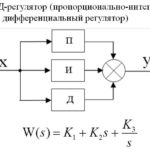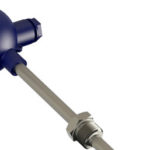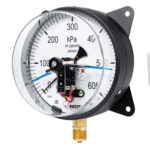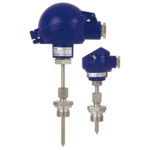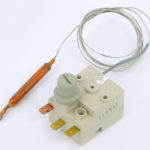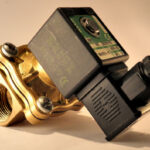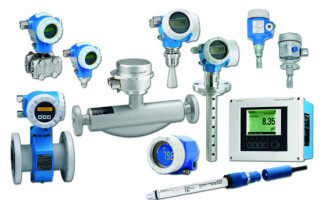A large amount of modern technological equipment is automated. This is pumping stations, boiler rooms, power supply systems, process equipment. Process automation is often done on microcontroller control circuits. But data collection for them is done by devices, measuring sensors. Maintenance, repair, installation and adjustment of these devices are performed by highly qualified specialists.
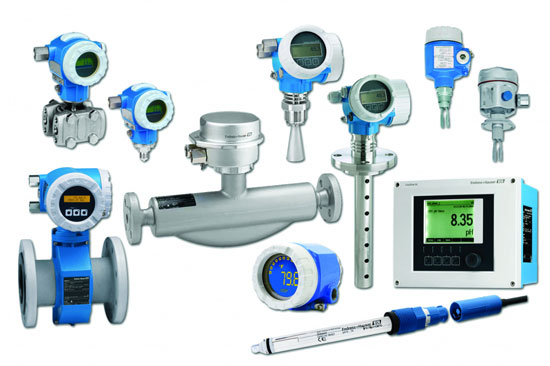
Contents
How does the abbreviation I&C and what is it
Instrumentation and control devices are devices for obtaining information about the state of technological processes by measuring and controlling their physical parameters. The abbreviation will be KIP. And the letter "A" stands for automation. I&C and A - control and measuring instruments and automatics.
Classification of control and measuring instruments
Under the abbreviation I&C we mean devices used not only in production, but also in other human activities - in science, health care and households. All control and measuring instruments can be divided:
- according to their purpose (showing on the spot and registering);
- by the possibility of remote transmission of measured readings;
- by the type of indications (analog, discrete, digital);
- by accuracy class;
- by the measured physical and chemical parameters (temperature, pressure, flow, level, concentration, humidity and density, electrical values, etc.).
Let's consider some devices, which are subdivided depending on the measured parameters:
- Instruments for measuring temperature - Thermometers, thermometers, thermocouples, resistance thermometers, infrared imagers, and pyrometers. The devices are digital, liquid, electrical, electronic, infrared, contact and non-contact.
- Pressure gauges, pressure switches, analog pressure sensors and vacuum gauges. Pressure gauges differ in design - diaphragm, differential, Electro-contact, spring-loaded. The electrical analogue pressure signal is usually obtained through the strain effect - the property of solid materials to change their electrical resistance when deformed.
- Devices for measuring the volume flow of the working medium (liquid, gas or other substances passing in a unit of time) - flow meters. Depending on the principle of operation the devices are electromagnetic, ultrasonic, including non-contact overhead, vortex, with various narrowing devices such as diaphragms, tachometric and others.
- Devices for determining the concentration of certain substances in gas mixtures - gas analyzers, smoke analyzers, pH-meters and vapor analyzers. They are manual and automatic, stationary and portable. These devices are used to monitor the air in the work area, to check industrial emissions, to control technological processes, for leaks of gaseous media, to ensure fire safety.
- Container level meters - level gauges. They are used to measure level of liquids and bulk materials in tanks, reservoirs and storages. Level gauges can be contact and non-contact, such as buoy or float, hydrostatic, ultrasonic, radar, phase separation, barbotage and other types.
- Linear measurement instruments. Rulers, tape measures, calipers, micrometers, depth gauges, etc.
- Devices for measuring electrical energy parameters. AmmetersAmmeters, voltmeters, ohmmeters, wattmeters, multimeters etc.
- Devices that measure radiation. These include Geiger counters, dosimeters, and detectors.
- Instruments for measuring mass, hardness, and density of materials. These are analytical and physical scales, hardness meters.
- Tensile, compression and torque.
Operating elements
In automated process control systems (APCS), various actuators are used to control the technological process.
Actuators are elements of automatic system, which act on the control object to perform any action. Typically, the executive devices consist of two parts - the actuator and the regulating body. The main purpose of the actuators is to convert any signal (electrical, mechanical, optical, pneumatic) into signals to influence control elements (switching on, off, switching of operating modes of mechanisms, systems or devices).
The most common actuators are switching relays, actuators of moving parts, turning devices, manipulators, electromagnetic valves (solenoids), devices for opening or closing control and shut-off valves and dampers, switching of variable speed drives and switching gearboxes.
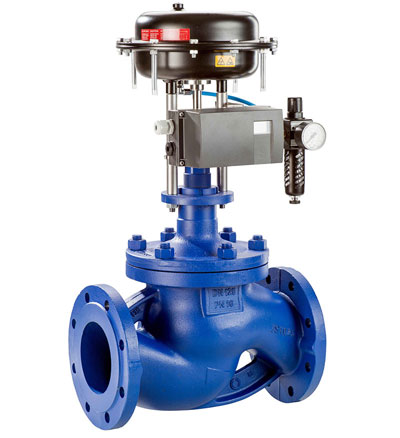
Functions and tasks of I&C specialists
The functions of the specialists of I&C department are to provide serviceability and accuracy of readings of all the controlling and measuring devices and automated systems of the enterprise. The tasks of this department include control of operation, adjustment and maintenance, repair and recovery of devices.
In the event of equipment failure, the cypher must respond in a timely manner and replace the failed unit. Locksmith should conduct an inspection and, if possible, repair by the department or in a specialized service organization. For this purpose, the I&C department should have spare parts, instruments and tools. Specialists of this division should carry out metrological supervision of measuring instruments to ensure the operation of all equipment. The I&C department belongs to the technical service of the enterprise and functionally reports to the chief engineer.
Main specialists of I&C department
At manufacturing enterprises there are shops or I&C departments. This service is headed by a department or shop manager, sometimes this responsibility is entrusted to chief metrologist of an enterprise. Departments I&C and A often include instrumentation laboratories (IL). Depending on the type of industrial activity of the enterprise, depends on the staff of the I&C and A. But there is a minimum set of necessary specialists, these are:
- instrumentation engineer;
- master of adjustment and repair of instrumentation;
- adjuster of instruments, equipment and systems of automated accounting;
- mechanic for repair and adjustment of instrumentation and automation;
- electrical technician;
- radio electronics technician;
Locksmith I&A - who he is and what he does
The instrumentation and control locksmith must have a secondary technical education, experience working with equipment and qualification of a locksmith of the 5th category. Locksmith for repair and adjustment of instrumentation and automation must know:
- the principle of operation of complex equipment on which sensors are installed;
- instrumentation, assembly and disassembly technology and methods of adjustment;
- structure and methods of testing complex control units and assemblies;
- circuit diagrams of devices, the principle of operation and adjustment methods;
- requirements of standards, instructions relating to the use of instrumentation.
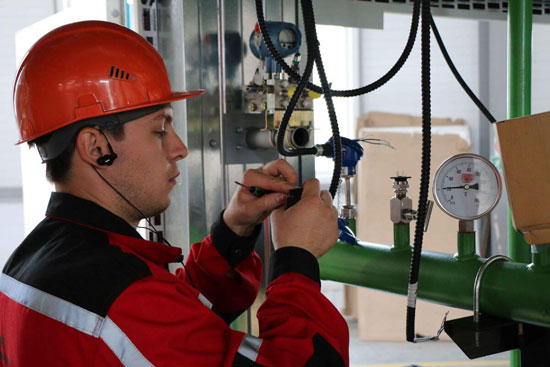
Duties of the instrumentation and control technician:
- To be able to find the cause of the breakdown, carry out repair and adjustment work;
- adjusting, assembling, testing, aligning and calibrating instruments and measuring equipment;
- adjust the end position sensors of valves and shut-off valves;
- open and close the impulse tubes of the probes;
- check and adjust electric measuring instruments, control equipment and automation units with electronic systems;
- carry out preventive maintenance, detect and correct malfunctions of devices and automatics;
- keep records of devices, fill out and maintain forms for devices, and submit requests for repairs.
Depending on the equipment operated in the enterprise, the locksmith performs maintenance and is responsible for the operation of such units as instrumentation and control cabinets, control panels, consoles, actuators and measuring devices.
Pros and cons of the I&C locksmith profession.
Locksmith Kipovets performs repair, adjustment of control and measuring equipment and complex automated systems.
Pros of this profession:
- demand, respect among workers and engineers;
- higher salary than the same locksmith in the repair shop;
- the importance of the work to be done, and the feeling of his own importance;
- respect in the team.
Cons:
- greater responsibility for the work performed;
- a wide range of duties;
- the risk of injury when carrying out repairs.
Duties of an instrumentation and control engineer
The instrumentation and control engineer is a specialist in the department, must have a higher technical education and experience in engineering positions. In some cases, industrial safety certification from Rostechnadzor for plant operations is required.
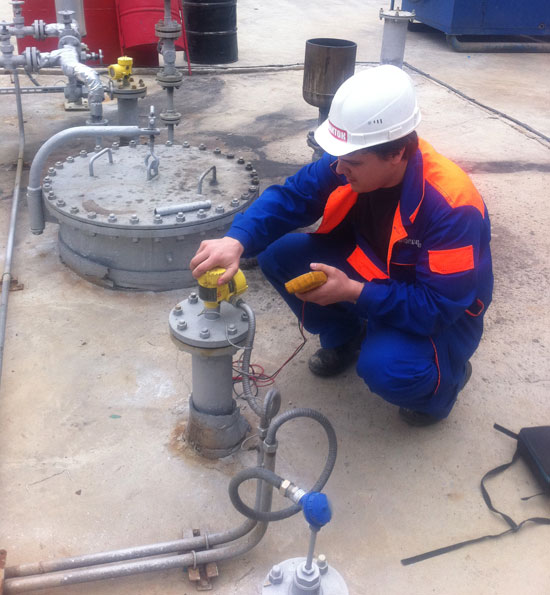
The instrumentation and control engineer must know the following:
- device and principle of operation of devices, units, automation and equipment of the enterprise;
- The scheme, design, technical characteristics and the necessary indicators in the operation of the serviced equipment and units;
- techniques and methods of inspection of equipment, taking readings, measuring parameters and making the necessary calculations;
- methods of collecting and analyzing information, making technical and technological decisions.
The responsibilities of the instrumentation and control engineer include the following:
- management and coordination of I&C and A services;
- organization of departmental work to ensure accident-free operation of equipment;
- implementation of automated processes;
- Ensuring metrological control of measuring instruments of the enterprise;
- Development of technical documentation (schedules of instruments verification, flow charts, schedules and volumes of RPM, etc.)
- Development and control of execution of monthly and quarterly departmental work plans.
Well-coordinated and competent work of I&C specialists in many ways affects performance of not only the equipment, but also the entire enterprise.
Related articles:
